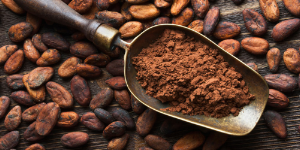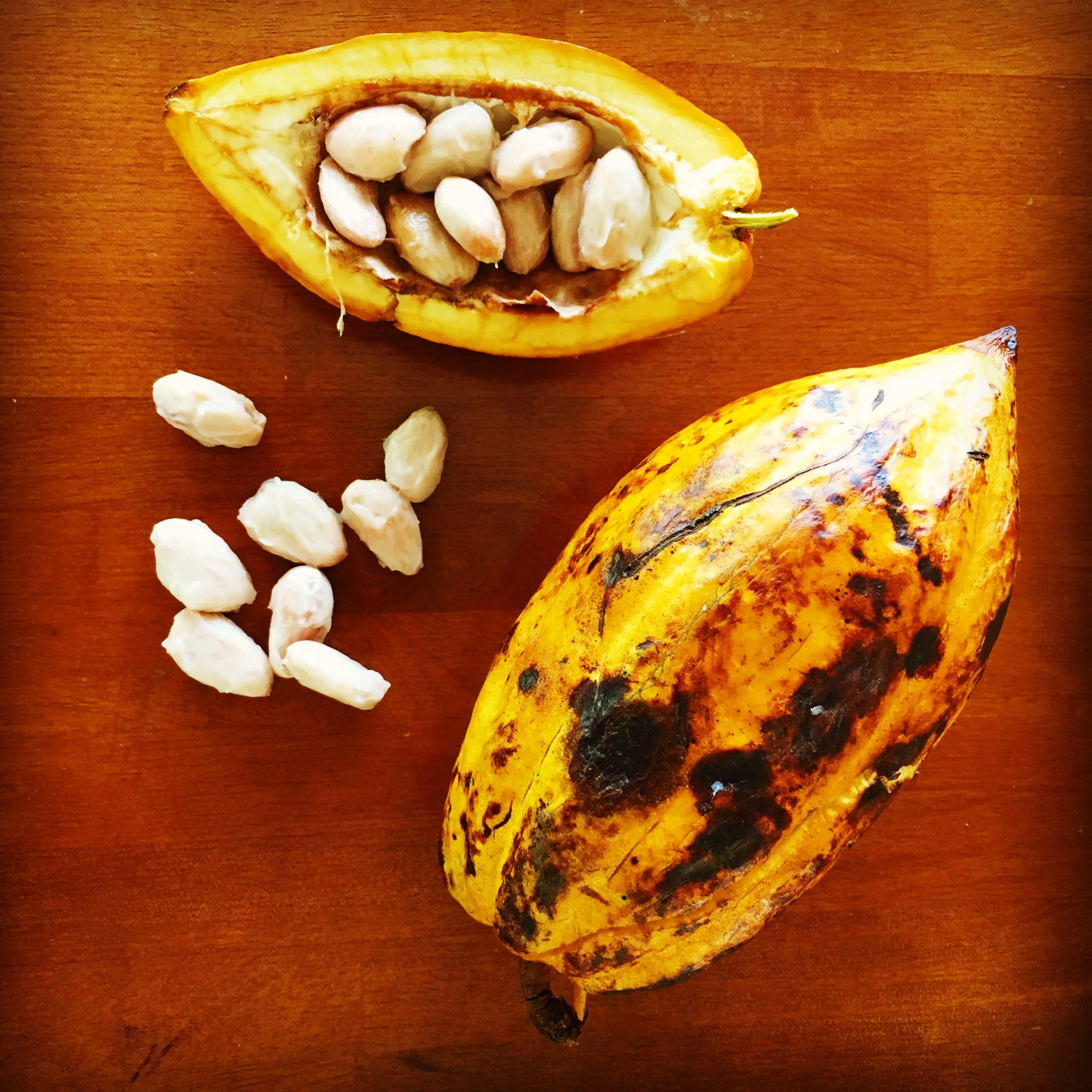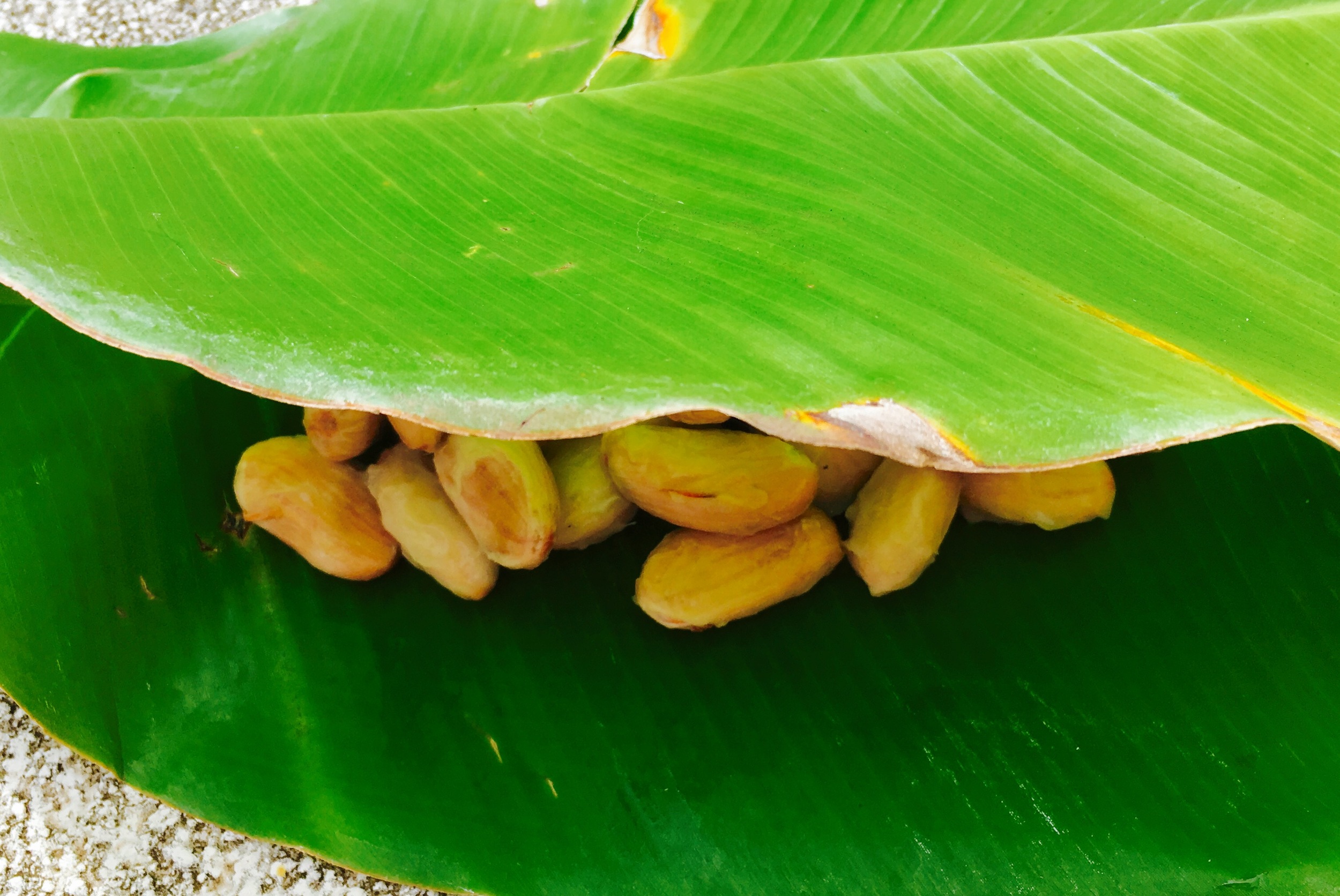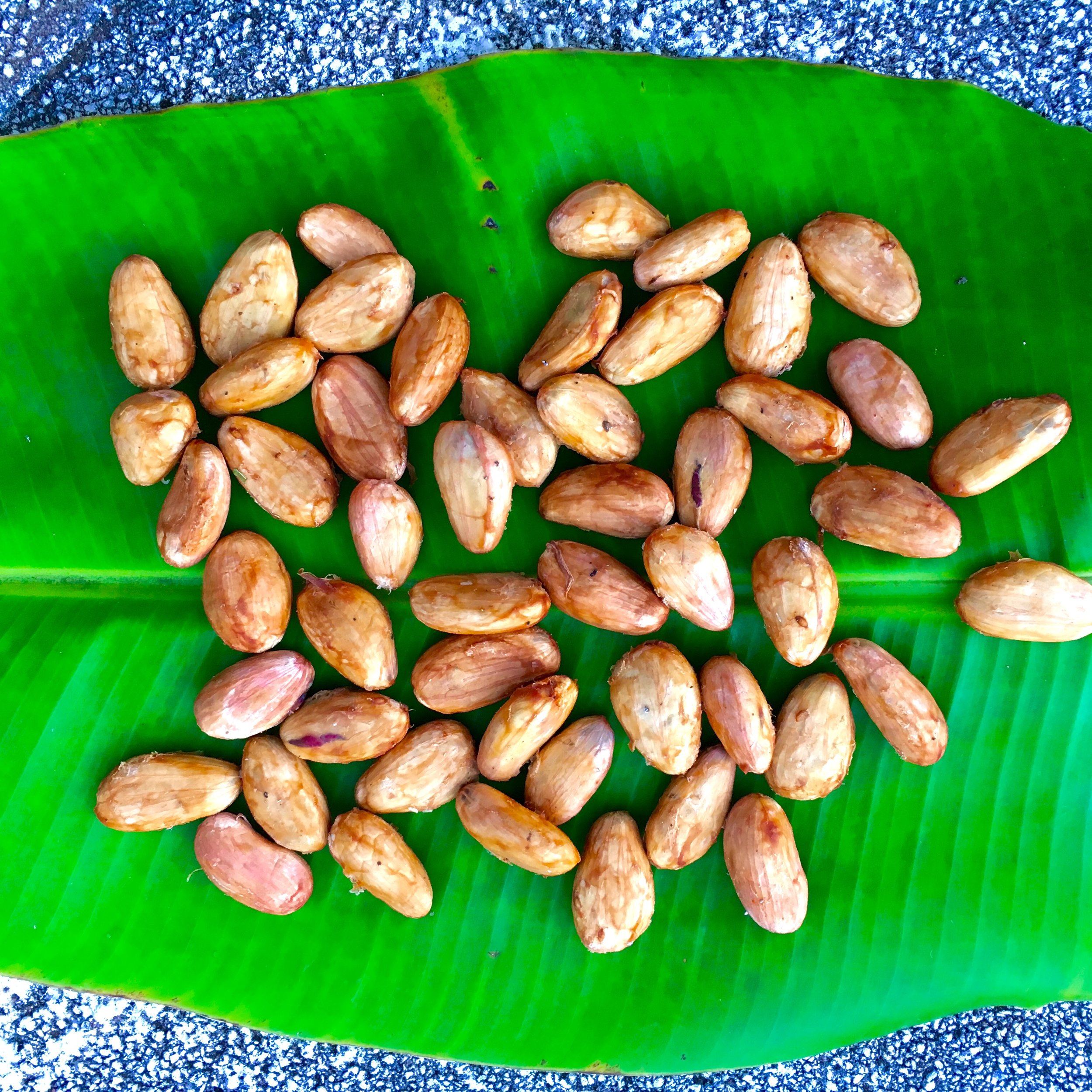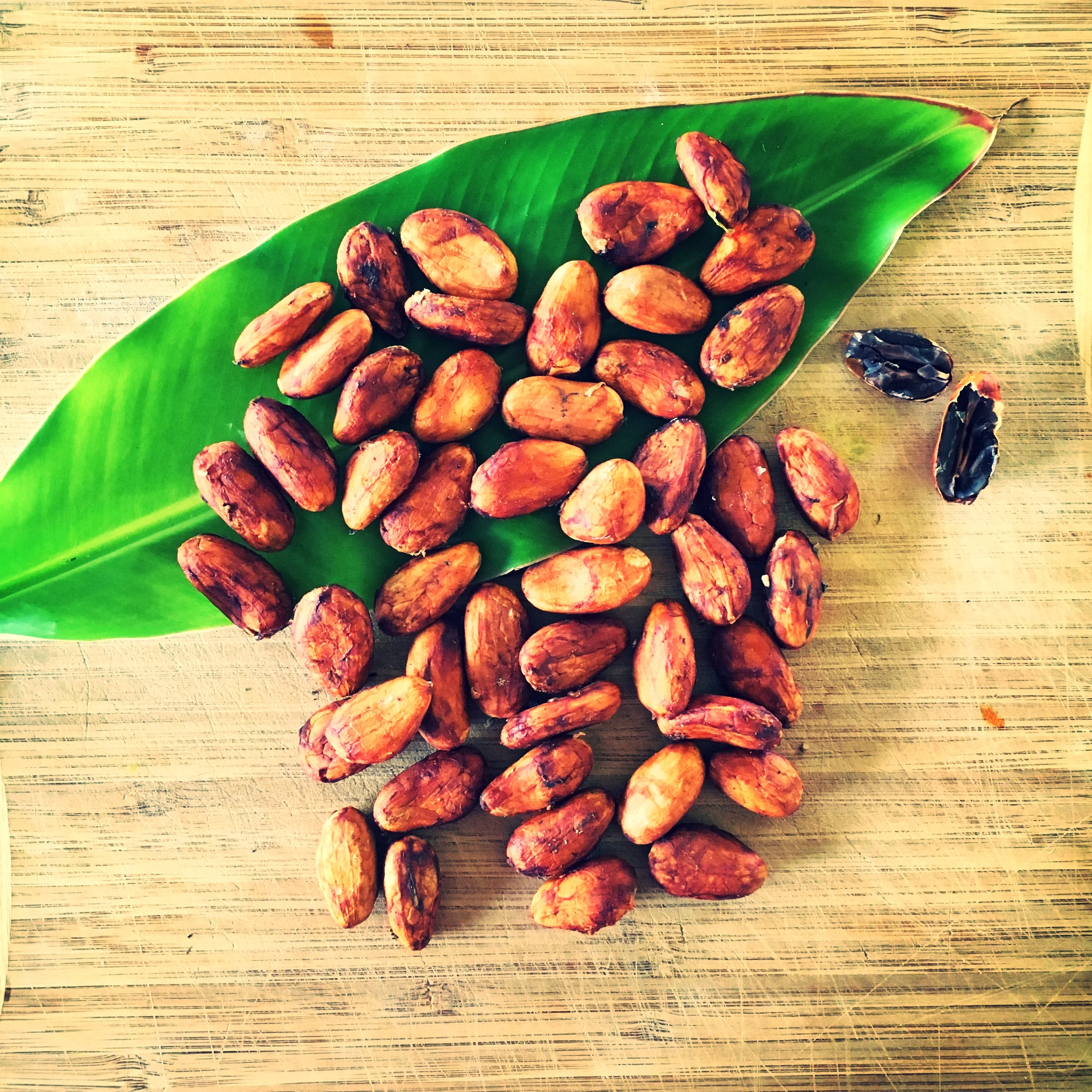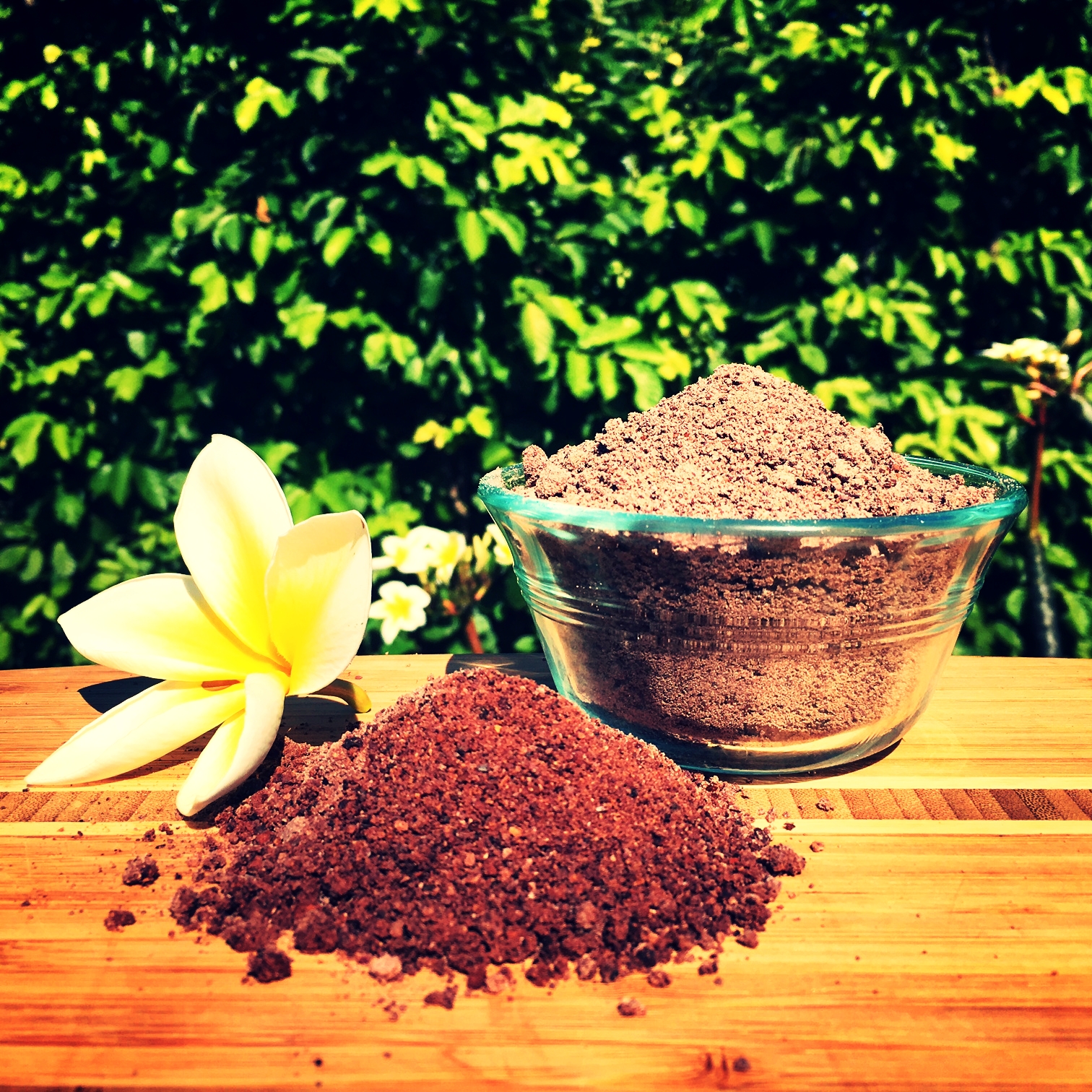Tropical Quinoa Salad Recipe
Ingredients:
1 cup quinoa
2 cups water
1 cup diced pineapple
1 cup diced papaya
1 cup diced mango
1/2 cup diced cucumber
1/2 cup diced bell pepper
1/4 cup chopped fresh cilantro
1/4 cup chopped fresh mint
1/4 cup fresh lime juice
2 tablespoons coconut oil
Salt to taste
Instructions:
Cook the Quinoa:
Rinse the quinoa under cold water to remove any bitterness.
In a medium pot, bring 2 cups of water to a boil.
Add the quinoa, reduce the heat to low, cover, and simmer for about 15 minutes or until the water is absorbed.
Fluff the quinoa with a fork and let it cool.
Prepare the Dressing:
In a small bowl, whisk together the fresh lime juice, coconut oil, and a pinch of salt or pick up one of our Sattvic Kitchen Dressings.
Assemble the Salad:
In a large bowl, combine the cooked quinoa, diced pineapple, papaya, mango, cucumber, and bell pepper.
Add the chopped cilantro and mint.
Pour the dressing over the salad and toss gently to combine.
Adjust salt to taste.
Serve:
Chill the salad in the refrigerator for at least 30 minutes before serving to allow the flavors to meld.
Garnish with extra cilantro and mint if desired.
Enjoy your fresh and vibrant Tropical Quinoa Salad, perfect for a light and nourishing meal!
Additional Tips:
Feel free to add or substitute other tropical fruits available at the Napili Farmers Market.


